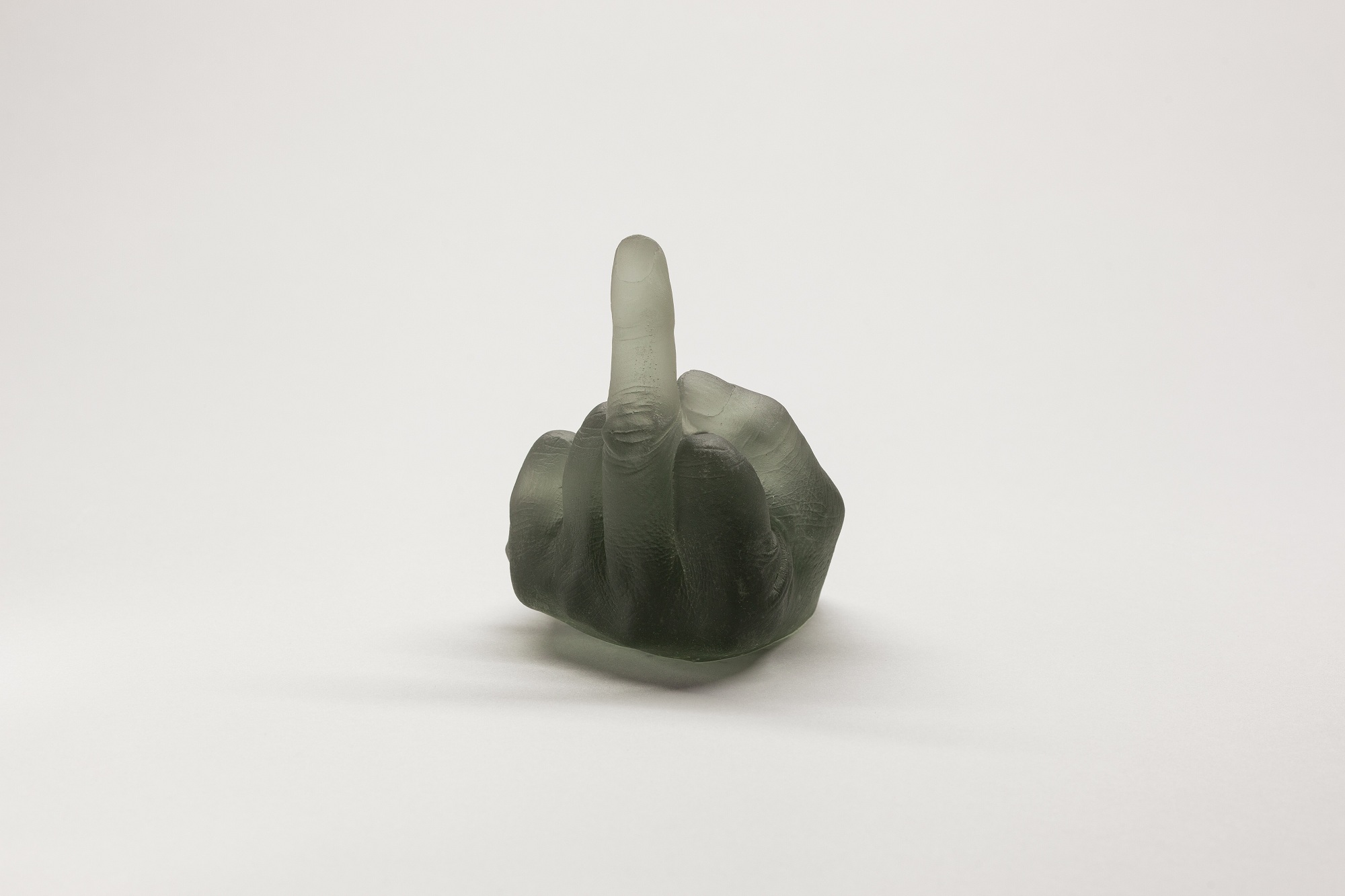In 1978 Ai enrolled at the Beijing Film Academy where he studied animation; in 1981 he moved to the United States where he stayed until 1993. During this period, he painted, studied and began to document his own life through numerous photographs. He became fascinated with the work of Marcel Duchamp, Jasper Johns and Andy Warhol and began creating conceptual art through altering readymade objects (such as, for example, Hanging Man, 1983). In 1993, he returned to China due to the illness of his father, but he continued to cultivate his passion for art: a symbolic event for his artistic career is the destruction of ancient Han urn that was over two thousand years old (1995); simultaneously, he developed a passion for architecture, became a curator and worked as an artistic consultant. In 2003, he founded his own architectural firm, FAKE Design. In 2009, Ai created a Twitter account and became increasingly present on his blog, through which he reports some of the significant socio-political events in his country (which are often obscured from the public). From these events onwards, his art has become more and more tied to social and political issues, especially through a special sensitivity to human rights issues, for which he is known worldwide. He became firmly established on the European international scene with the exhibition Sunflower Seeds in which he covered Tate Modern’s Turbine Hall in London with millions of handmade and individually painted porcelain seeds (2010). On April 3, 2011, he was arrested at Beijing airport and held in a secret location. His 81 days of imprisonment would give birth to the collateral event of the 55th Venice Biennale, S.A.C.R.E.D. (2013). When his passport was finally returned to him in 2015, he moved to Berlin where, among several initiatives, he began teaching at the Universität der Künste Berlin. Most of his current and developing projects are devoted to the issues of refugees. He has exhibited in numerous cultural institutions including, to cite the latest events, the Royal Academy of Fine Arts (2015), London; National Gallery of Melbourne (2015-2016); Lisson Gallery (2016), London; 21er Haus (2016), Vienna; Mary Boone Gallery (2016), New York; and Palazzo Strozzi (2016-17), Florence. He won, to mention only the most important awards, Lifetime Achievement, the Chinese Contemporary Art Awards (2008); GQ Men of the Year 2009, Moral Courage (Germany); International Architecture Awards, Athenaeum Museum of Architecture and Design (2009), Chicago; Honorary Doctorate from the Faculty of Politics and Social Science, University of Ghent (2010); Kassel Citizen Award (2010); Wallpaper Design Award (2010); The Bianca Jagger Human Rights Foundation Award for Courage (2011); Membership at the Academy of Arts (2011), Berlin; Honorary Academician at the Royal Academy of Arts (2011), London; Václav Havel Prize for Creative Dissent of the Human Rights Foundation (2012); Amnesty Media Award, (2013); St. Moritz Art Masters Lifetime Achievement Award by Cartier (2013); Honorary Doctorate in Fine Arts from the Maryland Institute College of Art (2013), Baltimore, USA and Amnesty International’s Ambassador of Conscience Award (2015), Berlin.










